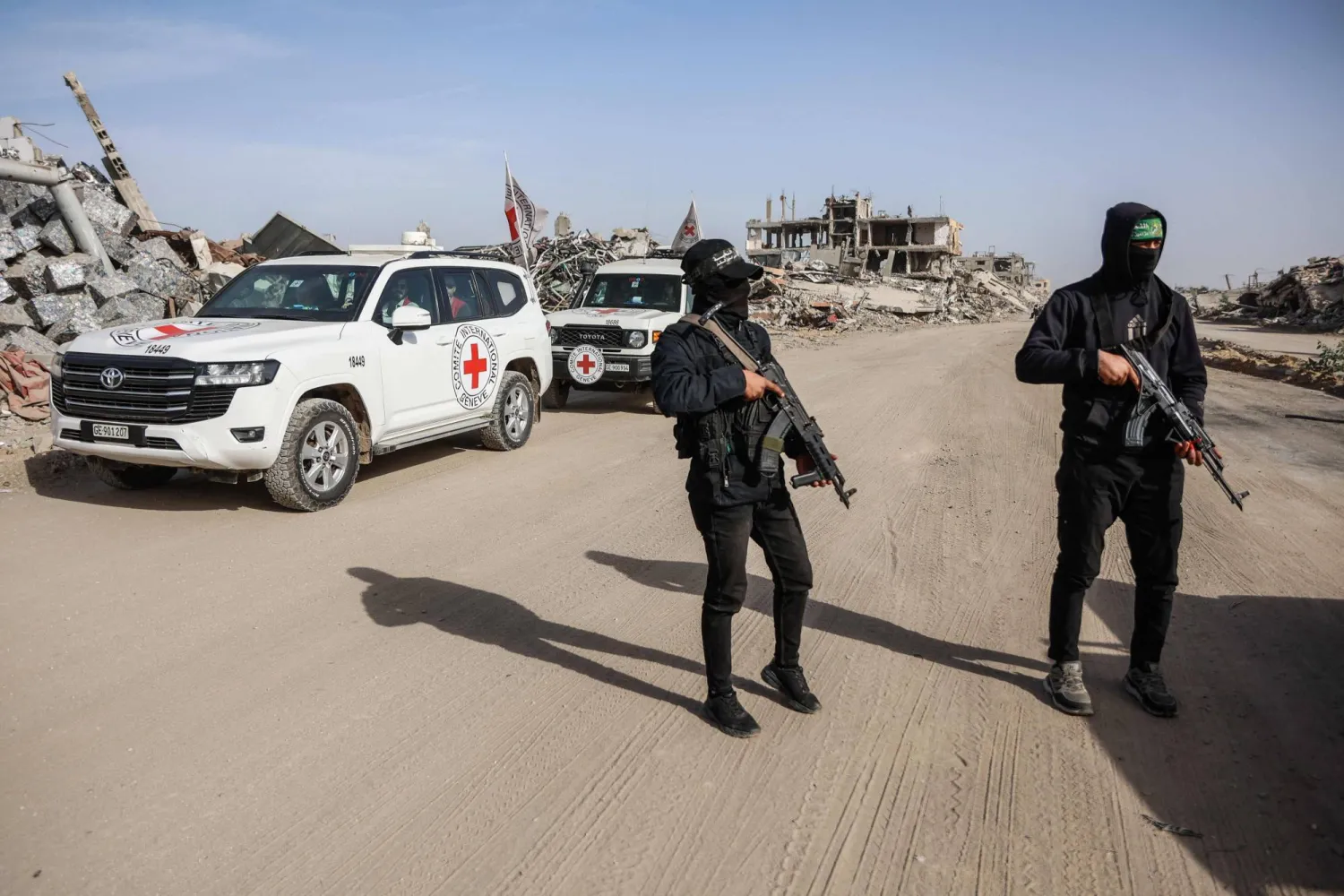Yemen’s economy continues to face significant hurdles as ongoing conflict and regional tensions exacerbate the nation's economic and humanitarian crises, according to the latest World Bank Yemen Economic Monitor.
Yemen's GDP is projected to contract by 1.0% in 2024, following a 2.0% contraction in 2023 and a modest growth of 1.5% in 2022, the report said.
Between 2015 and 2023, Yemen experienced a 54% decline in real GDP per capita, leaving the majority of Yemenis in poverty.
It also showed that food insecurity affects half the population, and youth mortality rates have surged.
The fiscal situation of the Internationally Recognized Government (IRG) deteriorated significantly in 2023.
Fiscal revenues declined by over 30%, driven by a substantial drop in oil revenues and diminished customs revenues due to the redirection of imports from Aden to Houthi-controlled ports.
In response, the IRG implemented severe expenditure cuts, impacting essential public services and long-term economic growth.
The current account deficit widened to 19.3% of GDP in 2023, up from 17.8% in 2022, the report said.
The blockade on oil exports significantly impacted the trade deficit, while foreign reserves remained relatively stable due to financial support from partners, including the conversion of IMF Special Drawing Rights (SDRs).
Meanwhile, the resumption of monetary financing by the IRG heightened inflationary pressures.
However, inflation rates varied across regions, with Sanaa experiencing deflation at 11.8% and Aden facing elevated inflation at 7.0% due to currency depreciation.
Additionally, the cost of essential goods has surged in Aden, with many families now spending over 60% of their income on food alone.
“Yemen's economic and humanitarian challenges are intensifying, yet the potential for recovery remains with the right support and strategies,” said Dina Abu-Ghaida, World Bank Country Manager for Yemen.
“The report underscores critical areas for action, including tackling fiscal pressures, alleviating trade disruptions, and stabilizing the currency. The World Bank is steadfast in its commitment to supporting Yemenis through these crises, delivering immediate assistance, and paving the way for a sustainable and resilient future,” she said.
Additionally, the report notes that continued fiscal pressures and economic fragmentation between northern and southern areas threaten to deepen the divide and further complicate recovery efforts.
For example, the redirection of imports has led to a substantial decrease in customs revenues for Aden, further straining the economic conditions in the south compared to the north.
The potential for increased aid and investment hinges on achieving a lasting truce and commitment to reconstruction from all parties involved.
The report also highlights the severe impact of escalating regional tensions, particularly Houthi attacks in the Red Sea, which have disrupted international shipping and trade.
This has led to increased shipping costs and insurance premiums, further straining Yemen's economy.
The economic outlook for Yemen remains highly uncertain.
The report said the resumption of oil exports and broader economic recovery appear remote without a lasting peace agreement.
Also, ongoing regional conflicts, currency depreciation, and fiscal pressures pose significant risks.
However, the report points out that a sustainable peace agreement could rapidly improve Yemen’s economic prospects, supported by external financial assistance and reconstruction efforts.









